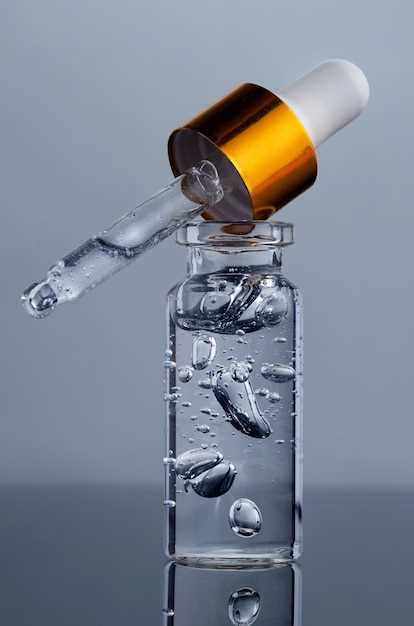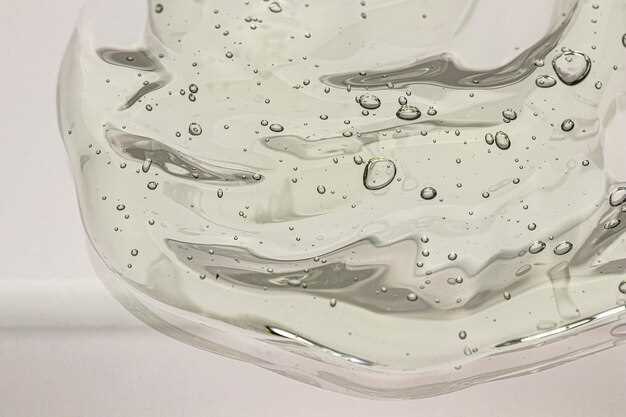
Transform your skin with Metronidazole Gel! Experience the power of this innovative gel that delivers visible results. Say goodbye to acne and redness, and hello to a clearer complexion.
Key benefits:
– Clears acne
– Reduces redness
– Improves overall skin texture
Try Metronidazole Gel today and see the results for yourself!
What is Metronidazole Gel?
Metronidazole Gel is a topical medication that contains the active ingredient metronidazole, which belongs to the class of medications known as antibiotics. It is commonly used to treat various skin conditions, such as rosacea, a chronic inflammatory skin disorder characterized by facial redness, flushing, and pimples.
Composition
Metronidazole Gel typically consists of 1% metronidazole as the active ingredient, along with other inactive ingredients that help deliver the medication to the affected skin area.
Due to its antimicrobial and anti-inflammatory properties, Metronidazole Gel works by reducing the inflammation associated with rosacea and inhibiting the growth of certain bacteria on the skin. This helps to alleviate the symptoms of rosacea, such as redness, swelling, and acne-like breakouts, improving the overall appearance of the skin.
Key advantages of using the gel
Metronidazole gel offers various key advantages for individuals dealing with skin issues:
- Effective treatment for inflammatory skin conditions.
- Reduces redness and inflammation caused by certain skin conditions.
- Helps to control and prevent flare-ups of acne and rosacea.
- Works directly on the affected area, minimizing systemic side effects.
- Easy to apply and integrate into daily skincare routine.
- Improves skin texture and overall complexion with regular use.
How it Works
Metronidazole gel works by reducing the inflammation and redness associated with certain skin conditions. It has antibacterial and anti-inflammatory properties that help to target the underlying cause of skin issues. The gel is applied topically to the affected area, where it is absorbed into the skin and starts working to combat the bacteria and reduce inflammation.
Antibacterial Properties
The active ingredient in Metronidazole gel, metronidazole, is effective against a wide range of bacteria that commonly cause skin infections. By targeting and eliminating these bacteria, the gel helps to clear up the skin and prevent further outbreaks.
Anti-Inflammatory Properties
In addition to its antibacterial properties, Metronidazole gel also has anti-inflammatory effects. It helps to reduce redness, swelling, and irritation in the skin, providing relief from symptoms and promoting healing.
How it Works
Metronidazole gel works by inhibiting the growth of certain bacteria and parasites that cause infections on the skin. It is a topical antibiotic that is applied directly to the affected area. When applied, the active ingredient, metronidazole, penetrates the skin and interferes with the DNA of the microbes, preventing them from reproducing and ultimately killing them off.
| Key Points: |
| – Metronidazole gel targets bacteria and parasites on the skin |
| – It inhibits microbial growth by interfering with their DNA |
| – Helps to reduce inflammation and redness caused by infections |
By disrupting the reproduction of bacteria and parasites, Metronidazole gel effectively treats various skin conditions such as rosacea, acne, and other inflammatory skin disorders. It is important to follow the prescribed dosage and application instructions provided by your healthcare provider for optimal results and to minimize the risk of side effects.
Mechanism of action of Metronidazole Gel
Metronidazole Gel works by entering bacterial and protozoal cells where it targets and disrupts their DNA, leading to inhibition of nucleic acid synthesis and ultimately causing cell death. This mechanism of action inhibits the growth of bacteria and parasites, making the gel effective in treating various skin conditions.
Usage Instructions
When using Metronidazole Gel, it is important to follow the prescribed dosage and application guidelines provided by your healthcare provider. Here are some general instructions:
1. Clean and Dry
Start by thoroughly cleaning and drying the affected area before applying the gel. This will help ensure maximum effectiveness.
2. Apply a Thin Layer
Use a pea-sized amount of the gel and apply a thin layer to the affected skin or area. Avoid applying the gel to broken or irritated skin.
Note: Do not cover the treated area with bandages or dressings unless directed by your healthcare provider.
Follow these instructions carefully to ensure that you are using Metronidazole Gel properly and effectively.
Proper application and dosage guidelines

It is important to follow the proper application and dosage guidelines when using Metronidazole Gel to ensure maximum effectiveness and minimize the risk of side effects.
- Cleanse the affected area with a mild cleanser and pat dry before applying the gel.
- Apply a thin layer of Metronidazole Gel to the affected skin once or twice daily, as directed by your healthcare provider.
- Avoid applying the gel to broken or irritated skin, as this may increase the risk of skin irritation.
- Avoid contact with the eyes and mucous membranes while applying the gel.
- Wash your hands thoroughly after applying the gel to prevent accidental contact with sensitive areas.
- Do not cover the treated area with bandages or dressings unless directed by your healthcare provider.
- Continue using Metronidazole Gel for the full course of treatment, even if your symptoms improve before the prescribed duration.
Side Effects

Metronidazole Gel is generally well-tolerated, but like any medication, it may cause side effects in some individuals. Common side effects may include:
- Redness or irritation at the application site.
- Dryness or peeling of the skin.
- Burning or stinging sensation.
- Temporary skin discoloration.
- Allergic reactions such as rash, itching, or swelling.
If you experience any severe or persistent side effects, it is important to discontinue use and consult a healthcare provider immediately.
